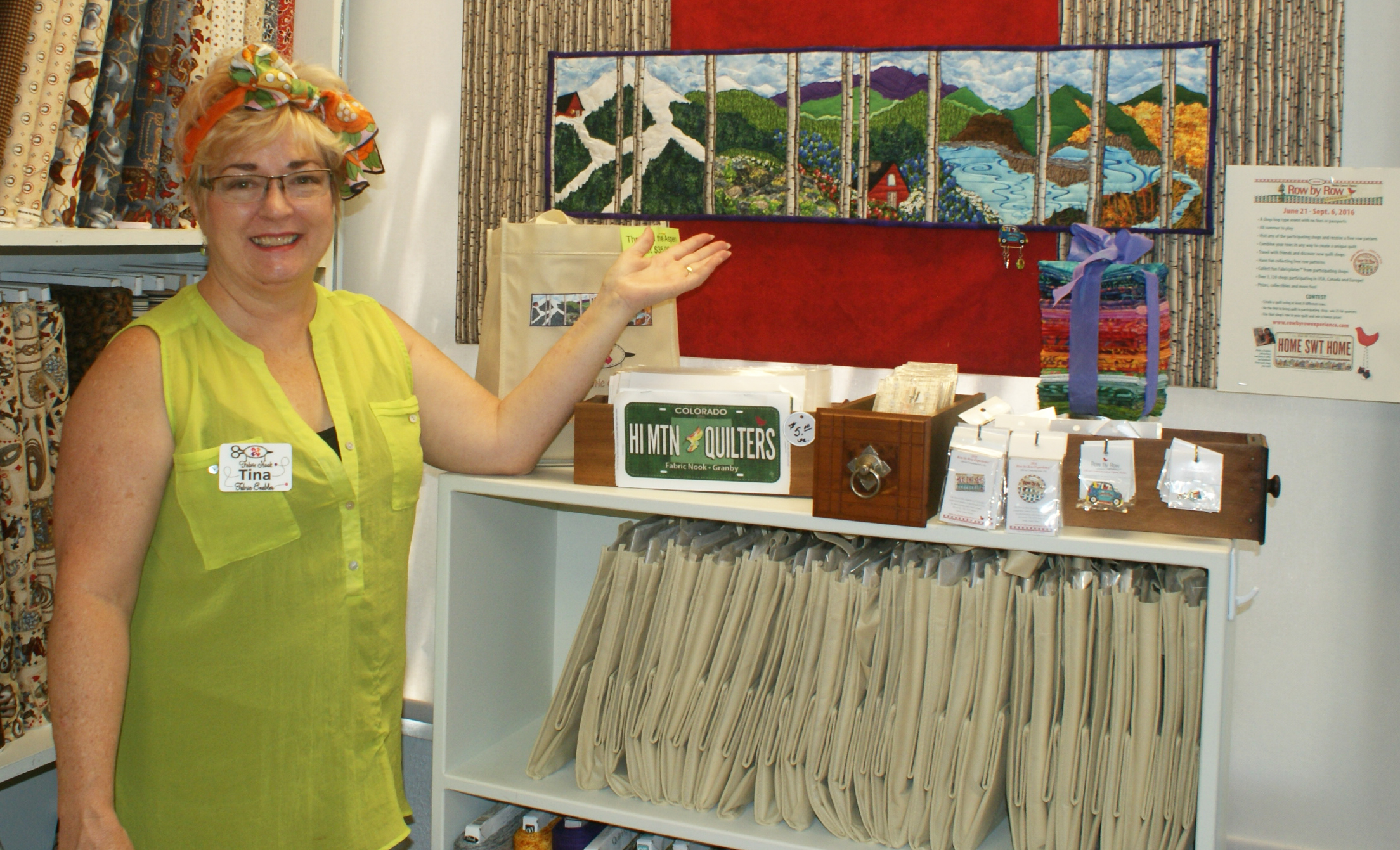
by Christy Parrott
In a warm, safe room at Eternal Hills Church, Grand County residents sipped coffee and learned what they could do to prevent human trafficking. “I can’t believe it’s happening here
In order to be considered human trafficking, whether for labor, sex, or both, specific criteria of force, fraud and/or coercion must be met. The definition provides an important distinction, because, too often, what’s actually illegal gets diminished as simply a bad relationship, Mary Landerholm explains. Landerholm, a Metro State professor and council member of combathumantrafficking.org, gave examples of human trafficking: “It looks like men and women who are forced to work and are not paid. Their documents withheld.”
Approximately 33% of American labor is performed by legitimate, documented workers, and often trouble occurs when those employees have their legal documents withheld by their employers. Another common occurrence is debt bondage, where a person enters into an employment contract, likely written in a language they don’t understand. Then, they’re forced to work long, hard hours with the hopes for a better life, only to get criminally low wages due, in part, to charges incurred (such as transportation to and from a job site). Gina Saverese, Sustainability Global Program Manager and Lead advocate asks, “Who would pay five months of their salary just to get a job? That’s what’s happening all over.” Imagine, the farmhand who arrived with a work visa, incurred debt bondage through exploitation, trapped in an illegal work environment because his papers have expired. Now he’s considered an illegal, which may be held over his head, producing more coercion and fraud. Or, a woman enslaved in a nearby tourist town, forced into domestic labor by day (cleaning vacation rentals) only to have herself further trafficked in the evening. Statics show that labor trafficking, often considered exclusive to men, is actually 42% male and 58% female. “Any time human labor is involved, there’s a potential for human trafficking,” Landerholm says.
Colorado is uniquely susceptible to human trafficking because of its geographical location. With Interstates 70 and 25, it’s easy to get anywhere, fast. Combine that with a massive international airport, and the reality is that unless you’re around a major city, you’re likely to be in the middle of
Interpersonal isolation is also a common occurrence. Field hands picking marijuana, for instance, may have not only become indebted and held against their will, but also not be permitted access to the internet or
Interpersonal isolation goes hand in hand with domestic abuse. For instance, a young girl (the most common age of female children trafficked is 17) may be forced into domestic labor during the day only to have to provide further labor in the evening, all under the ruse of “protection” from law enforcement officials who would actually help her escape the terrible, illegal situation. Eternal Hills’ Pastor, Reverend Paula Steinbacher explains, “Kids are often isolated from their families and peers, and eventually, they’ll do whatever their captors ask, just to get food.”
Recently, law enforcement agencies have been working with other agencies, such as Grand County’s Advocates For a Violence-Free Community, to help human trafficking victims escape their situation (even if their visas have expired and
Over 600 calls to the Human Trafficking Hotline were placed in 2018. Landerholm suggests that it’s not because the problem is getting bigger but that people are becoming more aware and are speaking out.
Education is another important component. Human trafficking of a child wasn’t considered child abuse until 2016, so child welfare didn’t have to respond, tying the hands of prosecutors seeking justice. If children don’t know what is happening is wrong, they won’t have the tools to recognize and fight such heinous crimes. “Now that some of our girls are aware of the problem, I’d love to see them begin to work towards an action group at the high school to spread awareness,” Steering says. By engaging our youth through programs, such as LEAD, the future generation’s leaders will be more aware of serious issues threatening the safety and integrity of our community. But more work needs to be done. Parents and residents can contact school districts to insist on educating our youth via curriculum, enter the Human Trafficking hotline into cell phones, and remain vigilant. “It sucks that we all have to be so careful,” a LEAD youth member shakes her head, “But it’s good to know there are people up here to help us stay safe.” An elderly participant sitting in the crowd responded, “Honey, we all feel the same way.” For more information, go to combathumantrafficking.org, gcadvocates.org, and follow LEAD on Facebook or Instagram.








